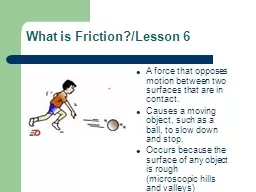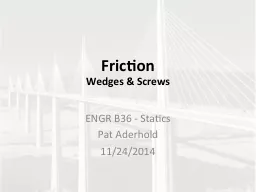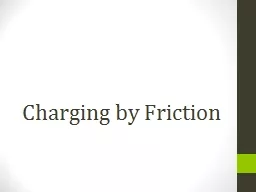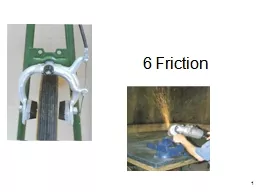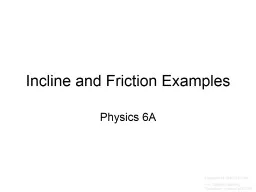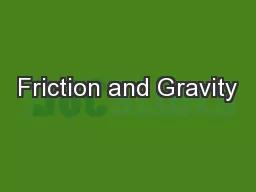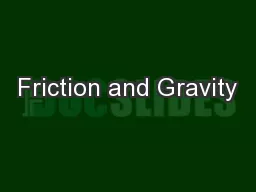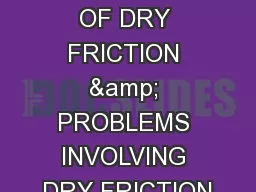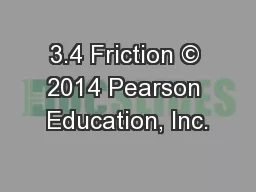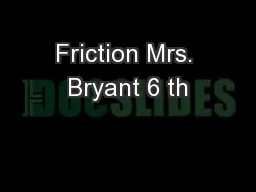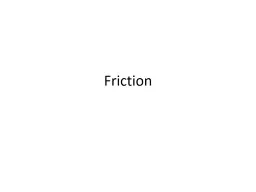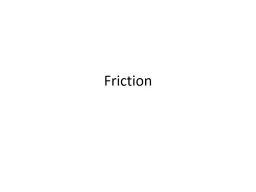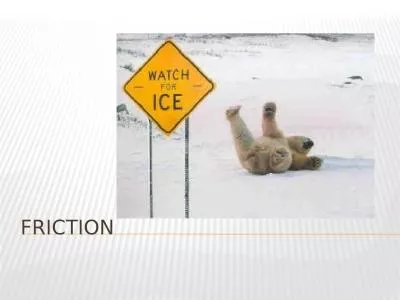PPT-What is Friction?/Lesson 6
Author : faustina-dinatale | Published Date : 2017-05-24
A force that opposes motion between two surfaces that are in contact Causes a moving object such as a ball to slow down and stop Occurs because the surface of any
Presentation Embed Code
Download Presentation
Download Presentation The PPT/PDF document "What is Friction?/Lesson 6" is the property of its rightful owner. Permission is granted to download and print the materials on this website for personal, non-commercial use only, and to display it on your personal computer provided you do not modify the materials and that you retain all copyright notices contained in the materials. By downloading content from our website, you accept the terms of this agreement.
What is Friction?/Lesson 6: Transcript
Download Rules Of Document
"What is Friction?/Lesson 6"The content belongs to its owner. You may download and print it for personal use, without modification, and keep all copyright notices. By downloading, you agree to these terms.
Related Documents

